By Peter Dunne in Ireland
What is grass fed beef all about? How does it compare to certified organic beef? And what’s emerging to give the consumer the best of both worlds?
Picture the scene: a romantic candle-lit dinner for two in a quaint restaurant with beef on the menu. However, while one person orders the ‘organic’ beef, the other orders the ‘grass-fed’ beef. But will they be eating the same beef? They may be, but not necessarily so. Here our story begins.
Although the terms ‘organic’ and ‘grass-fed’ are synonymous in many people’s minds, they can be very different. There are a number of important distinctions that should be highlighted.
‘Organic’ and ‘grass-fed’ – where do they differ?
What are the terms ‘organic’ and ‘grass fed’ commonly understood to mean, and specifically with respect to animal health management and animal diet? As commonly used, the terms ‘organic’ and ‘grass-fed’ can describe the manner in which beef is produced in practice, a deeper philosophy, or even some notional properties of the eating qualities of the beef itself.
To begin with, for ‘grass-fed’ there isn’t a legal definition. So a common understanding of what constitutes ‘grass-fed’ is our starting point. Organic beef production is legally circumscribed, with a long list of what’s allowable and not (for example, here). No such common cross-jurisdictional understanding or definition of what ‘grass-fed’ beef actually is, or should be, exists.
There is no common definition of how much grass a ‘grass-fed’ bovine should eat, at what times during its life, for how long, or a combination of these. ‘Grass’ can also be a single grass species or multiple pasture species. The situation is similar with ‘organic’ in terms of sward and the feeding of [certified] cereals and proteins, though there are restrictions on how much non-forage grass an organic animal can consume. To be specific: according to the organic standards, “Rearing systems for herbivores are to be based on maximum use of grazing pasturage according to the availability of pastures in the different periods of the year. At least 60 % of the dry matter in daily rations of herbivores shall consist of roughage, fresh or dried fodder, or silage. A reduction to 50 % for animals in dairy production for a maximum period of three months in early lactation is allowed. Note: The 60% rule is post weaning, therefore, does not apply to diets for calves and lambs until weaned.”
There also tends to be at least clover in an organic grass sward for nitrogen fixing.
In a holistic biological context, both these notional systems of beef production recognise that bovines can be an integral part of the ecosystems in which they are husbanded. While ‘grass-fed’ beef places specific emphasis on the diet of the animal as a point of difference, and some would argue is a mere marketing tool, a definition of ‘organic’ beef carries some legal weight (codified in EU Law by Council Regulation (EC) No. 1804/1999).
To state that beef is ‘organic’ also places specific legal emphasis on issues other than the feeding of an organic diet as there are, for example, regulatory measures connected to pasture management, animal welfare, housing, disease prevention and health management.
The above issues may be implicitly assumed to apply to ‘grass-fed’ beef but with exceptions [as per the USA] ‘grass-fed’ beef has no such specific legal requirements (as distinct from voluntary codes of practice enforced by supermarket retailers, for instance, although what were voluntary are increasingly becoming mandatory).
With organic, the use specific medications (“chemically-synthesised allopathic medicinal products”) is also strictly prohibited in the legislation, save in exceptional situations such as when failure to do so would lead to excessive suffering of the animals concerned. This is an important provision.
Such is not prohibited in ‘grass-fed’ beef because all bovines, whether indoors or outdoors, will be exposed to a range of internal parasites, especially while grazing, e.g. trematodes (flukes, such as liver fluke, Fasciola hepatica), cestodes (tapeworms), nematodes (roundworms) and protozoal parasites (coccidians, Neospora)) and external parasites, as well as diseases such as Infectious Bovine Rhinotracheitis, or bacterial pneumonia. A wide range of veterinary prophylactics are used to prevent such diseases in ruminant livestock, even in grass-based production systems. In some instances, the grazing system itself may actually make them a necessity.
Without further definition, ‘grass-fed’ does not preclude the use of veterinary pharmaceutical prophylactics.
However, practical recommendations and surveillance exists to ensure that residues of veterinary drugs are either absent or present at below specific thresholds [thus assumed to be safe] in the final consumed product.
Beef raised on grass could notionally contain such residues whereas ‘organic’ beef should not, thus effectively assuring their absence. It is a crucial difference between ‘organic’ and ‘grass-fed’ beef.
Moreover, growth promoters (prohibited in the EU) and veterinary pharmaceutical treatments to, for example, synchronise oestrus cycles, are also prohibited by legislation circumscribing organic beef production. The latter can, however, be used in conventional ‘grass-fed’ beef production outside the EU.
An interesting recent development is the Pasture for Life Association in the UK and now also in Ireland. Pasture for Life is at the forefront of grassland management systems development. All their produce is certified as coming from animals that are 100% raised on pastures and a constrained range of forages. It is possible to be both certified grass fed with Pasture for Life, and in the organic certification system, via the Organic Trust in Ireland and the Organic Farmers and Growers in the UK. Indeed this can also save farmers time and money, as audits can be combined. These farmer’s beef will be, by definition, both grass fed and organic.
The ancient relationship between cattle and grasslands
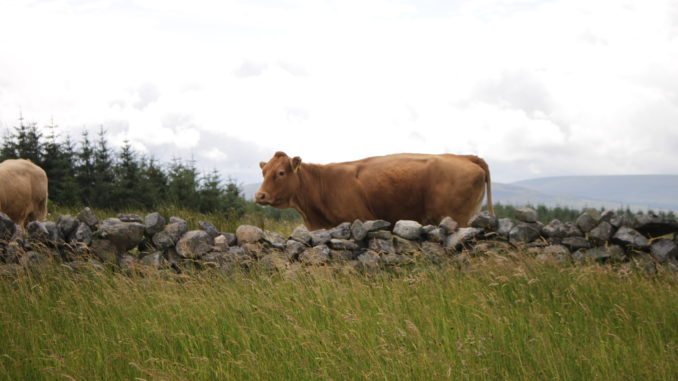
Ruminants, including bovines, evolved as herbivores adapted to consume large quantities of plant material [not just grasses] as a source of energy and nutrients. In many parts of the world to this day, the husbandry of ruminants for milk, meat and other products forms the backbone of agriculturally grounded rural economies.
In many cases, bovines are grazed on highly managed grasslands (i.e. with interventions such as fertilisation, rotational and rationed grazing and the harvesting and storage of forages) or what is referred to as ‘semi-natural rough grazing’ pastures or extensive ‘rangelands’ as in North and South America or Eurasia.
In the first instance, a rising reliance on agro-chemicals and agro-pharmaceuticals has brought about soil-health failure, farmland biodiversity loss and air and water pollution. In the second, extensive systems lacking managed grazing and/or the absence of predators to impose ‘control’ leads to over-grazing and then soil degradation.
However, the essence of such production is that the bovine is viewed [or should be] as an important component in the overall natural ecological framework of the grassland environment. In the context of managed agricultural pastures, we have increasingly failed to utilize the natural bovine-grassland relationship. In so doing, the vital foods and materials derived for human consumption have come with increasing externalized costs.
Ruminants, including bovines, will continue to play a pivotal role in modern agriculture and food production, relying as they do on commensal bacteria, protozoa and fungi in the rumen. It is testament to the magnitude of the continued importance of this symbiotic relationship between microorganisms and ruminants.
There is a synchronicity between the rumen microbial ecosystem and that of the grassland ecosystem external to the bovine. It is the result of millennium of natural evolution. We have tried to improve upon this to enhance production to our cost, not least by replacing a biodiverse herbage supply with single-species monocultures.
Farming ruminants by fitting a square peg into a round hole
In modern highly managed agricultural pastures, unlike in wild rangelands, extra grass is grown to store for specific times of the year. These are seasonal asynchronies between grass growth and utilisation (by grazing ruminants), so this grass can be seen as excess forage grown to conserve by dehydration or ensiling. This conserved forage is then used to fill any deficits elsewhere in the calendar year. This is typical in Ireland, the United Kingdom and some regions in North-Western Europe. It is a situation that has been exacerbated by a focus on artificially fertilized monocultures rather than multi-species pasture swards.
Managed agricultural pastures typically rely on artificial fertiliser inputs, as well as nutrient recycling via land-spreading of seasonally stored manures and slurry. Artificial fertilizers are not used when ‘organic’ farming is practiced, but can be copiously used in ‘grass-fed’ systems. This is a critical issue where the artificial fertilizer is manufactured using ‘natural’ gas [aka methane] or our limited supplies of mined fertilizers.
In addition, the desire to minimize grassland species diversity and exclude undesirable species has led to the use of a range of herbicides. Hence, in managed agricultural pastures, a narrow range of grass (and maybe clover) species predominate than would otherwise be the case. This loss of diversity has impacted upon biodiversity more broadly.
Further, the question should be asked, has modern grassland management with its short-grass grazing practices and rapid returns to previously grazed land led to some ‘grass-fed’ systems being highly reliant on animal health products to break the life cycle of internal parasites? These are drugs which themselves are failing in the face of their targets ability to develop natural resistance to them. They may also be damaging the health of the soil biome, thus inhibiting the function of the soil food web and disabling the soils natural ability to fuel plant growth.
The frequent ‘clearing out’ of pastures [to harvest all the dry matter] may also be destroying roots to the extent that the exhausted plant cannot recover, thus reducing sward persistence and necessitating regular reseeding. Grazing to very low heights can leave the soil exposed [which also may facilitate the cycling of parasites] , thus increasing soil carbon loss. As will the cultivations needed to reseed what may be called ‘permanent’ pastures.
A greater diversity of botanical species in grasslands is now being championed by many agriculturalists. In some cases, this is occurring with a switch to ‘tall-grass grazing’ and long recovery periods between grazings. The aims are multiple and include legumes to fix nitrogen, to use species that can raise nutrients from depth, to leave trampled residues to ‘feed the soil’ and to allow livestock to access plants that have medicinal properties. It is often termed holistic. It can be within the bounds of both the ‘grass-fed’ and ‘organic’ terms. It also has the benefit regenerating farmland biodiversity and facilitating the cycling of carbon back into the soil.
So just what can be in a ‘grass-fed’ bovine ruminants diet?
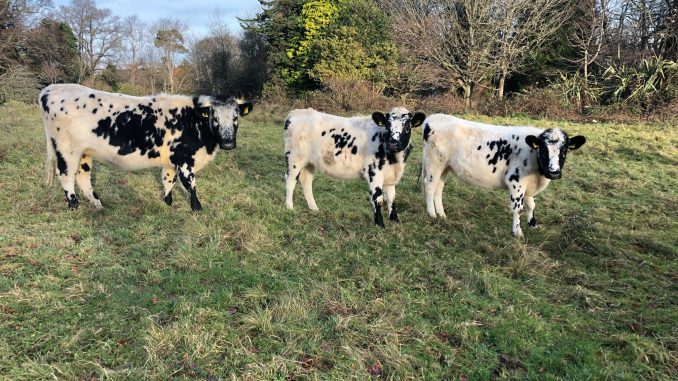
Objective and measurable parameters can help to differentiate beef from different production environments, i.e. the many biochemical and chemical signatures imparted by a panoply of chemical constituents of the animal’s diet. They may be present in beef from ‘grass-fed’ systems but may not be present in beef raised in agrochemical-free ‘organic’ systems.
In Ireland for example, most bovines are born in the Spring (in February, March and April) and calves are typically weaned from their mothers at between eight and nine months old. The calves transition during this time from an exclusive milk-based diet to one which is, for the most part, though perhaps not exclusively, grass-based. Such is the case for suckler-reared beef cattle. In contrast, dairy-bred calves may be separated from their mothers soon after birth and fed milk replacer where, in some cases, the ‘grass-fed’ milk fats that their mothers would provide are replaced by palm oil. Such calves may still later be promoted as ‘grass-fed’ cattle.
A major issue with raising bovines on grassland is that seasonal variations in the compositional and thus, the nutritional quality of the grass, may lead to declines in animal growth performance. Hence, dietary ingredients other than grass are frequently included in bovine diets. It is a challenge that the aforementioned Pasture for Life Association members have to address, often through careful breed choice and pasture and forage species selection. It is why clear market definitions and price premia are a necessity to support system change.
For various reasons [i.e. forage availability, quality, desired production levels, breed choice] there is often a feed-from-forages shortfall. Dietary ingredients other than grass are principally included in cattle rations as more concentrated and less variable sources of protein and energy – thus the common use of the term ‘concentrates’.
‘Concentrates’ is a ‘catch-all’ term used for bovine feedstuffs which can include a plethora of ingredients from different sources. Each ingredient will have a specific nutritional purpose so that a nutritionally balanced concentrate feed is offered. How much, and how often, such feedstuffs are offered to cattle, is one key issue in trying to outline what exactly ‘grass-fed’ beef actually means. In the UK, for instance, to be designated as West Country Beef, only 70% of the diet has to come from forages. It is one of many varied ‘grass-fed’ definitions. In others, the grass-fed requirement may be as low as a ‘grass-fed’ claim-undermining 51%.
Hence, ‘grass-fed’ beef can be fed on, for example, peas, beans, soymeal, sugar beet pulp, brewer’s grains or any number of cereals. They may be locally grown or imported from far afield. Their environmental footprint can be as varied as their sources. Although, ‘organic’ concentrate feeds are limited as a percentage of the overall diet, they may also not be local.
Still, in the minds of many consumers, ‘grass-fed’ and ‘organic’ beef are synonymous, there is no prescription or necessity for organic beef to be fed grass [or forage] exclusively, as long as the feedstuffs provided to the animals are produced organically and do not, for example, contain elements of or ingredients derived from genetically-modified organisms. That said, for all intents and purposes, ‘organic’ beef is likely to be fed grass and forages; moreover, there are definitional requirements that limit the proportion of non-forage grass the organic animal eats.
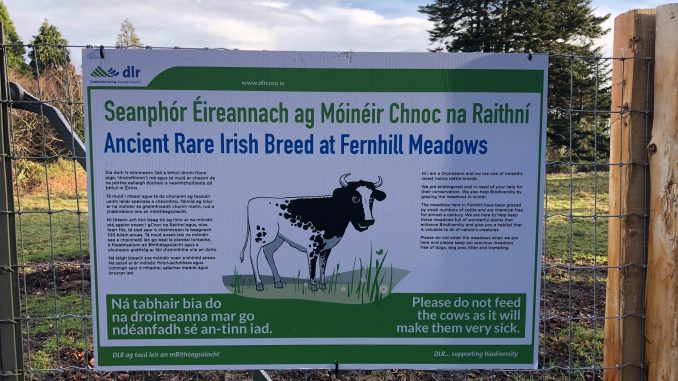
How does this all impact upon the quality of the beef?
Some producers bring in botanical diversity to their pastures, while there are some studies concerning the effect of that diversity on ruminant product quality emerging. Many discerning chefs will say that what the animal grazes impacts upon the flavour of the meat. It is what the French call ‘terroir’.
Within the Appellation d’Origine Contrôlée ‘Bœuf de Charolles’, cattle must be grazed for at least three grazing seasons. Fattening itself has to occur on specified hedgerow-lined, biodiversity-rich ‘fattening pastures’. In winter local-sourced hay is fed but no silages. The use of complementary feeds is limited to an annual average of 2kg per day so the cattle are not 100% ‘grass-fed’. They may also not be ‘organic’. The production of the premium product is, nonetheless, strictly governed and well defined. Flavour is a selling point.
Further, albeit taking lamb as an example, the Protected Designated Origin ‘Prés-salés de la baie de Somme’ comes from lambs that have been reared on the Somme Estuary salt marshes for a minimum of 75 days. Again, it is to promote the fact that the pastures grazed impart a unique, sought-after flavour to the final product.
These examples suggest there are opportunities to exploit the botanical diversity of pastures to enhance a products’ eating characteristics. In addition, by changing management regimes, even within the context of ‘organic’ or ‘grass-fed’, there are many ways to enhance the beef’s characteristics in the eyes of the consumer.
In terms of actual chemical compositional characteristics, where ‘organic’ and ‘grass-fed’ beef is derived from similarly managed grazed pastures, they may be similar and both may be identifiable as from ‘grass-fed’ cattle.
A variety of chemical compounds occurring in pasture grasses and legumes are assimilated by the bovine and deposited in either adipose or muscle tissue. These compounds include carotenoids, particularly beta-carotene and lutein (although other dietary ingredients not attributable to grazing can also occur, most notably lutein and zeaxanthin from maize). Other classes of compounds such as terpenes, various sulphur compounds, phenolics, as well as tissue fatty acids such as conjugated linoleic acid (CLA), trans-vaccenic acid and omega-3 polyunsaturated fatty acids, taken in conjunction with animal metabolites such as 2,3-octanedione can provide a predictive picture which enables categorisation of beef as originating from ‘grass-fed’ cattle.
The use of chemical compounds to definitively discriminate between beef from ‘grass-fed’ bovines and others is complicated by the simultaneous rather than discrete use of forages (grazed or conserved grass) and so-called ‘concentrates’. If these different types of feeds were used separately it would be convenient, from the point of view of forensic authentication and verification of beef, but alas, unfortunately this does not always occur.
To distinguish ‘organic’ beef from beef not raised organically is somewhat more definitive since with ‘organic’ production, the application of industrially synthesised nitrogen fertiliser is prohibited; hence, reliance on the nitrogen-fixing ability of symbiotic rhizobia in the root nodules of clovers and other legumes is emphasised. However, this enables ‘organic’ beef to be differentiated from non-organic beef, and even from grass-fed beef which has grazed pastures grown with chemically synthesised nitrogen fertilisers on the basis of the ratio of stable isotopes of nitrogen.
That ‘grass-fed’ or ‘organic’ beef may be healthier is also a controversial issue, but a crucial quality benefit of truly ‘grass-fed’ beef is the improved ratio of Omega-3s to Omega-6s within the beef. The benefit is nonetheless rapidly lost if concentrates are fed during the 10-12 weeks prior to slaughter. In some cases, they are fed during a ‘finishing’ period to enhance the intramuscular marbling of the meat as it is believed that the eating quality is better, albeit it trades off eating quality against nutritional value. With such constitutional changes possible at the end of the finishing period, a beef animal that qualifies as ‘grass-fed’ as per feed intake rules, may for all intents and purposes have the Omega profile more typical of a grain-fed animal, albeit it is labelled ‘grass-fed’. In this regard, whether an animal is ‘grass-finished’ as opposed to merely being vaguely ‘grass-fed’ could markedly affect the beef and effectively subvert any perception of superior nutritional quality.
With a lack of clarity concerning what is ‘grass-fed’ and knowing that ‘organic’ does not mean ‘grass-fed‘, the consumer is left to second guess what the marketeer’s labelling means. It is a far from satisfactory situation and it is a situation crying out for products that are more clearly labelled and where the label indicates that the beef comes from specific farming systems designed to create specific products which are, in turn, rooted to the farm, its soils and the husbandry employed. And all must be traceable with impeccable provenance. Only then will the consumer be able to say with confidence whether their ruminant-derived products are ‘grass fed’.
Peter Dunne is a member of the recently formed Regenerative Farming Ireland initiative.
Further Reading
PGI status for Irish suckler beef: What’s the progress to date? (June 2019)
Bord Bia suckler promotion plans welcomed (April 2019)
‘PGI status must apply to suckler beef only’ (August 2019)
Further Reading on ARC2020
Farm-2-Fork 2030: A Truly Green Farming, Food and Rural Vision for Ireland
AgtechTakeback: Tech Revolutions, Retro-Innovations and Humus Farming
#SoilMatters Part 5 | Stuart Meikle on Soil, Ruminants & Sustainable Food

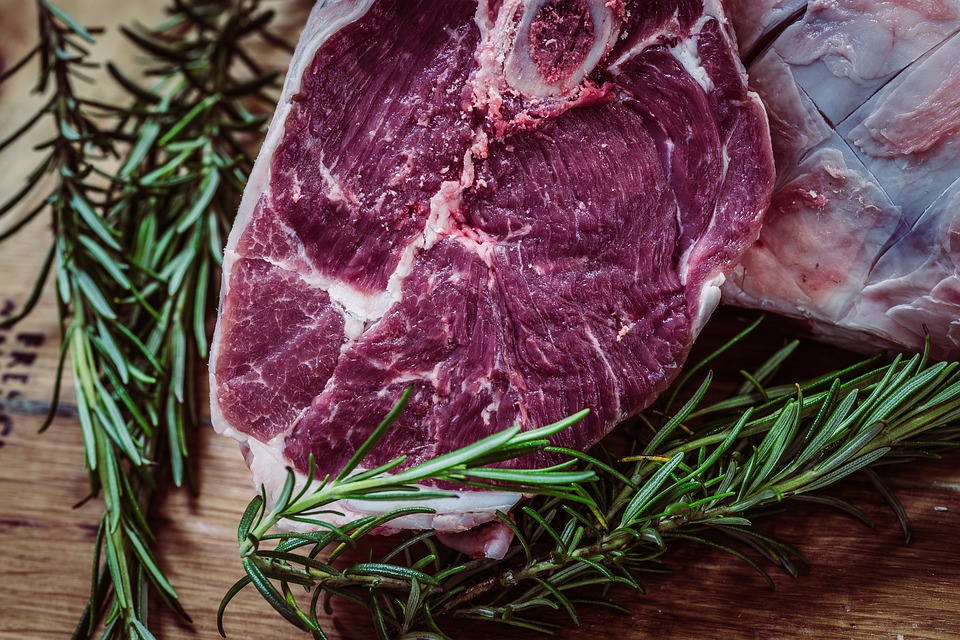
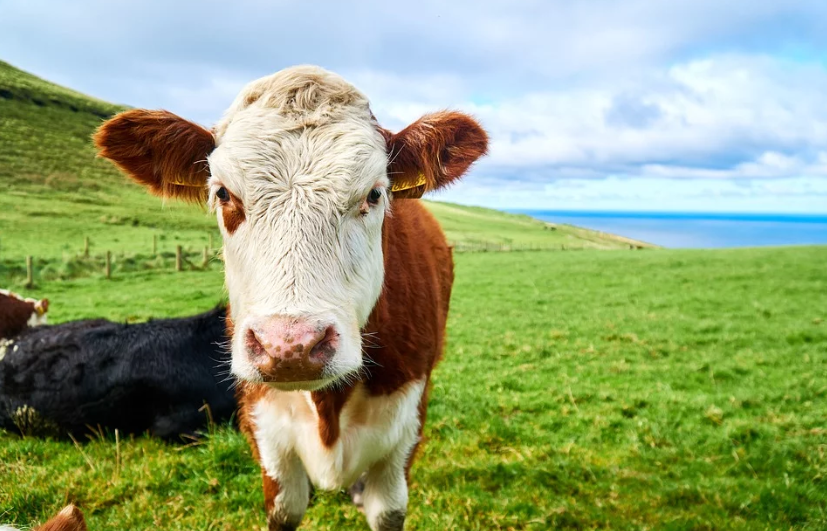


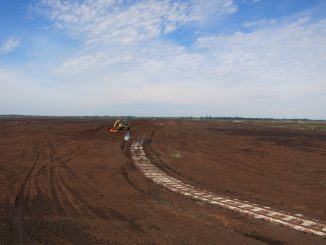

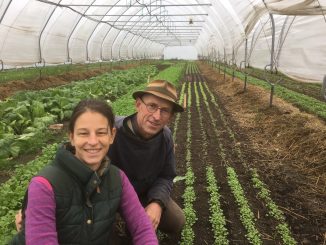
3 Trackbacks / Pingbacks
Comments are closed.